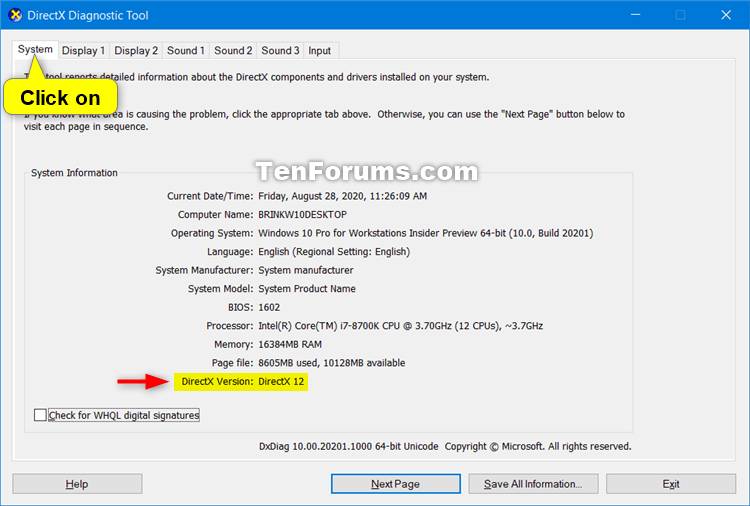
Of course, if your application is old enough to be using a previous version of D3DX9, then you need to figure that out and use the right. For example, if you used the D3DX9 June 2010 DirectX SDK for a 32-bit application, but that's all you needed, you can get away with an install package of just: dxsetup.exe You can then configure a minimal package that will deploy just the DLLs you actually use. In that case, you should download the latest DXSETUP package (the April 2011 refresh of the end-of-life DirectX SDK June 2010 release on MSDN). Your old application, however, likely does rely on some optional side-by-side components like D3DX9, D3DX10, D3DX11, XAudio2_7, XInput1_3, D3DCompile #43, Managed DirectX 1.1, or other thing that is only deployed by the legacy DirectX End-User Runtime. See Not So Direct Setup for the full story here. As DirectX is included in Windows 11/10 by default, you don’t need to look for a standalone installer. Miscellaneous tools such as dxtex.exe, meshconvert.exe, texconv.exe, and uvatlas.exe can be found online. The only way to update "DirectX" is to install a Service Pack, a Windows Update, or move to a new version of Windows. The Game Definition File Maker tool (GDFMaker.exe) is included in the x86 subdirectory under the bin folder in the Windows SDK, and supports both Windows Store apps and Win32 desktop applications.

Starting with Windows XP Service Pack 2, the "DirectX End-user Runtime" never installs DirectX on any version of Windows. DirectX 9.0c does in fact come with Windows 10.


 0 kommentar(er)
0 kommentar(er)
